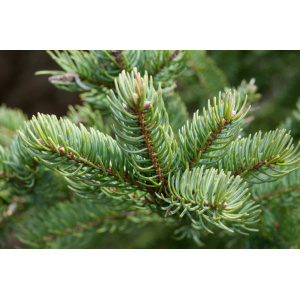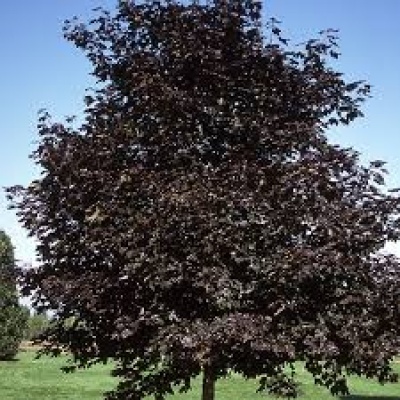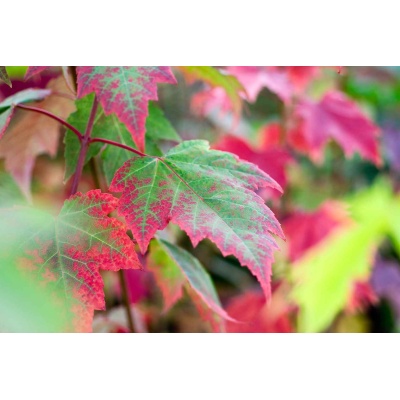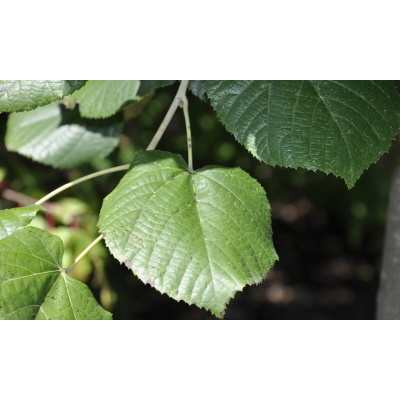Description
 Abies balsamea (Balsam Fir)
Abies balsamea (Balsam Fir)
Balsam fir is a coniferous tree native to northern Wisconsin and the rest of the Lake States. It has the largest distribution of the North American firs, extending across southeastern Canada, south through most of the Midwest, and east through New England. It grows from sea level all the way up to 50 feet below the summit of Mount Washington, the tallest mountain in its range (that’s from sea level to 6,238 feet elevation!). Balsam fir has a dense, conical crown with a slender tip (think of the shape of the “perfect” Christmas tree). The needles are flat and are arranged so that they are in one plane, meaning they mostly point out from opposite sides of the branch. If you look at a balsam fir twig closely, you will see that the needles are attached to all sides of the twig, but as the needles grow, they twist so that most of them are parallel to the ground. Unlike most conifers, the cones of balsam fir point upwards from the branch instead of hanging down. When the cone is mature, the cone scales fall off, so it is rare to find an in-tact mature cone on a tree. Balsam fir is truly a northern species and is an important part of northern mixed forests or boreal forests.
Common Name: balsam fir
Type: Needled evergreen
Family: Pinaceae
Native Range: North America
Zone: 3 to 6
Height: 50.00 to 70.00 feet
Spread: 15.00 to 25.00 feet
Bloom Time: spring
Bloom Description: Non-descript
Sun: Full sun to part shade
Water: Medium
Maintenance: Medium
Leaf: Fragrant, Evergreen
Other: Winter Interest




Reviews
There are no reviews yet.